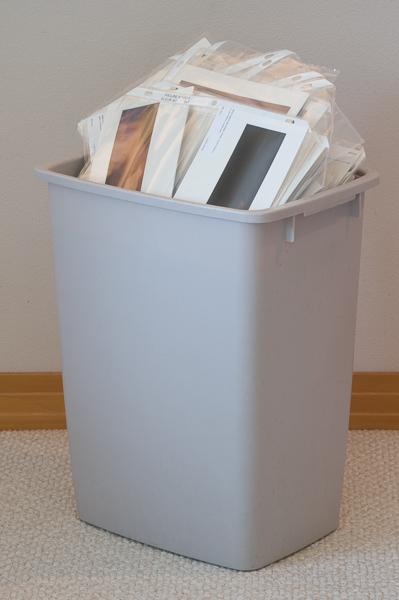A “to do” list to start off the new year…
- Backup all your files. And back them up again, storing at least one copy in a secure off-site location.
- Purchase at least two USB powered hard drives for travel backup (larger capacity that what you might already have, since file sizes are increasing while drive costs are going down).
- Check the clock setting in your camera. Especially important if you use the date when renaming files on import, as I do. Are the time zone and daylight savings on/off correct?
- Go through all the other menu settings in your camera. One person on my last photo tour discovered he had not reset back to RAW after doing some family snaps at jpeg/small. Ouch.
- If your camera has a “my menu” feature, set it up and use it. These are just bookmarks so you don’t have to search for settings you often change.
- Clean all your camera gear, both bodies and lenses. Vacuum out bags and backpacks — you might be amazed how much dust and grit is inside your bag (and in my case, hair from our extremely furry Pomeranian!).
- Clean your tripod. Grease the leg lock threads. If you use a ball head, spray some WD40 on a rag and hold it against the ball while rotating. Clean out the groves in Arca Swiss clamps and plates.
- If you use Photoshop, check the Color Settings. For some unknown reason I’ve seen Photoshop updates occasionally change the working color space to a default of sRGB. I know this has happened with both Windows and Mac machines.
- Learn at least one new Lightroom or Photoshop technique. A personal recommendation: get Greg Benz’s Lumenzia for luminosity selection and masking, https://gregbenzphotography.com/lumenzia/.
- Make two “equipment repair” kits, one for your car and one for travel. Hex keys, jeweler’s screwdrivers, perhaps an extra tripod foot, some gaffer’s tape, etc.
- If you plan on traveling out of the country, check the expiration date on your passport. And, for that matter, your driver’s license also.
- And I’ll mention it again, backup your files.


BEFORE THERE WERE DRONES….
That’s me at Michigan’s Jordan River in autumn 1975. And yes, I carried that ladder out into the river in order to get the photo angle I wanted. I’m using a homemade “centerpost extension” to gain height, with a bungee cord stretched along the side to dampen vibration. A Nikon F2 is mounted on the tripod (lens unknown, but a gel filter holder is on the lens) and I’ve got a Nikkormat on a neckstrap. This was taken on Kodachrome 25, just introduced the previous year replacing Kodachrome II. ISO (ASA back then) of 25, hence the name. K25 was my standard film until Fuji Velvia came on the market in 1990. While I have this image I can’t find any of the ones I must have taken that day, which might be a comment on the resulting quality. Interesting what you find while “sheltering in place.”